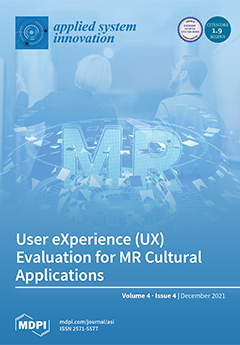Open AccessFeature PaperArticle
Soft Sensors for State of Charge, State of Energy, and Power Loss in Formula Student Electric Vehicle
by
Kanishkavikram Purohit, Shivangi Srivastava, Varun Nookala, Vivek Joshi, Pritesh Shah, Ravi Sekhar, Satyam Panchal, Michael Fowler, Roydon Fraser, Manh-Kien Tran and Chris Shum
Cited by 81 | Viewed by 3731
Abstract
The proliferation of electric vehicle (EV) technology is an important step towards a more sustainable future. In the current work, two-layer feed-forward artificial neural-network-based machine learning is applied to design soft sensors to estimate the state of charge (SOC), state of energy (SOE),
[...] Read more.
The proliferation of electric vehicle (EV) technology is an important step towards a more sustainable future. In the current work, two-layer feed-forward artificial neural-network-based machine learning is applied to design soft sensors to estimate the state of charge (SOC), state of energy (SOE), and power loss (PL) of a formula student electric vehicle (FSEV) battery-pack system. The proposed soft sensors were designed to predict the SOC, SOE, and PL of the EV battery pack on the basis of the input current profile. The input current profile was derived on the basis of the designed vehicle parameters, and formula Bharat track features and guidelines. All developed soft sensors were tested for mean squared error (MSE) and R-squared metrics of the dataset partitions; equations relating the derived and predicted outputs; error histograms of the training, validation, and testing datasets; training state indicators such as gradient, mu, and validation fails; validation performance over successive epochs; and predicted versus derived plots over one lap time. Moreover, the prediction accuracy of the proposed soft sensors was compared against linear or nonlinear regression models and parametric structure models used for system identification such as autoregressive with exogenous variables (ARX), autoregressive moving average with exogenous variables (ARMAX), output error (OE) and Box Jenkins (BJ). The testing dataset accuracy of the proposed FSEV SOC, SOE, PL soft sensors was 99.96%, 99.96%, and 99.99%, respectively. The proposed soft sensors attained higher prediction accuracy than that of the modelling structures mentioned above. FSEV results also indicated that the SOC and SOE dropped from 97% to 93.5% and 93.8%, respectively, during the running time of 118 s (one lap time). Thus, two-layer feed-forward neural-network-based soft sensors can be applied for the effective monitoring and prediction of SOC, SOE, and PL during the operation of EVs.
Full article
►▼
Show Figures





